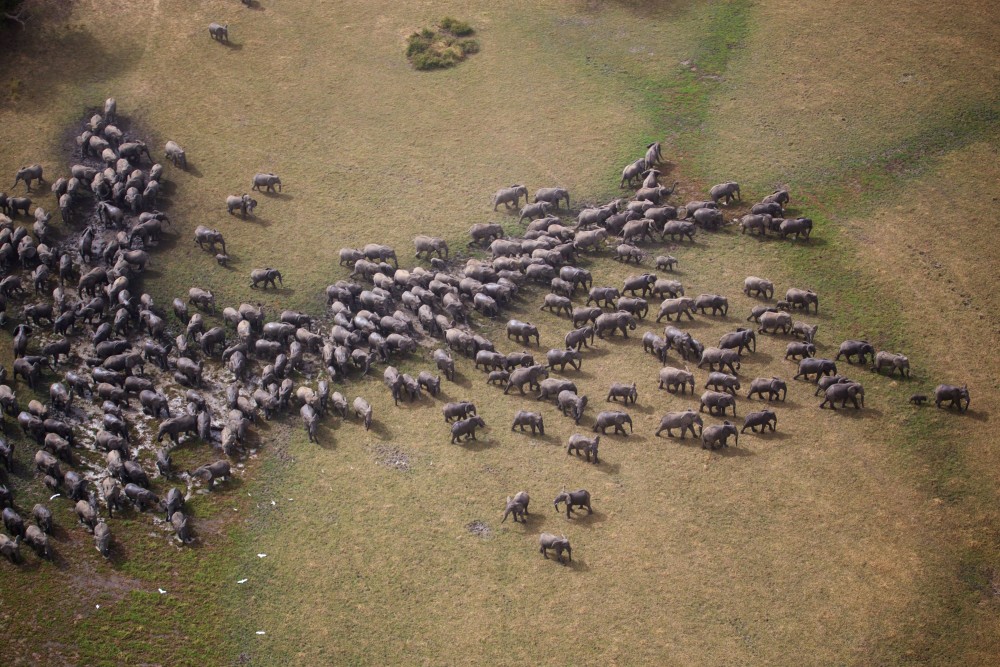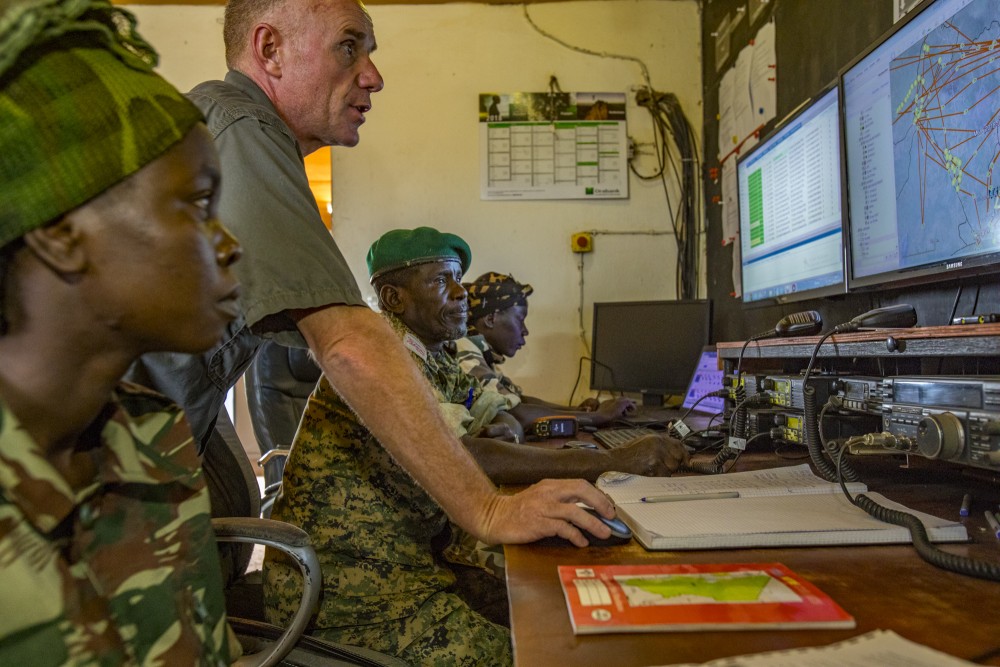Thanks to its perennial water sources, Zakouma National Park serves as a sanctuary for West and Central African wildlife, many of which are threatened within this ecoregion. Around 66 mammal species are found in the park, 16 of which are large mammals, including two black rhino which were introduced in 2018. Zakouma is home to a number of threatened or endangered species, including 50% of Africa’s Kordofan giraffe population, a critically endangered subspecies, Lelwel hartebeest, north-east African cheetah (Acinonyx jubatus soemmeringii) and Buffon’s kob.
Zakouma’s floodplains, rivers, marshes, and pans are valuable stopovers and breeding grounds for migrating birds, and the south-eastern wetlands form part of the Inundation Plains of Bahr Aouk and Salamat Ramsar site – one of the largest in the world.
Species Restorations

Buffalo numbers have increased exponentially in Zakouma, from about 220 animals in 1986 to over 15,000 today, allowing the first reintroduction operation of Siniaka-Minia Wildlife Reserve (SMWR) to take place: over 900 buffalo were moved to the Reserve. Many came from a large herd that occupied the Tororo wetland on the park boundary, which was at risk of spilling over into agricultural lands to the north. Despite some losses, the translocated herds seeded a founder population that is the first significant population seen in Siniaka Minia in many decades.
Plans are underway to add rhino to the existing two in the park, with extensive research and feasibility studies having been done to prepare for the next translocation and to better understand the challenges of the previous rhino translocation. Zakouma’s two wild black rhino females were successfully darted, examined, and fitted with tracking devices. They were in good health, confirming that Zakouma’s habitat is suitable for black rhino despite the losses from the previous translocation efforts.
Conservation Law Enforcement

Since African Parks assumed management in 2010, a comprehensive law enforcement programme supported by community engagement, quickly brought poaching under control.
With nearly seven years of zero elephant poaching in Zakouma, elephant in the region are becoming noticeably more relaxed, moving consistently outside of the park in the wet season. Through analysing historical elephant movements from collar data, the conservation law enforcement team identified key locations across the landscape from which to monitor wildlife and illegal activities. In addition, the data helps to identify possible human-wildlife conflict zones, so that preventive measures can be taken to reduce this in the wet season.
Horses are one of the most effective means of ground transport in the GZE when flooding during the rainy season makes movement too difficult by vehicle or even motorbike. Refresher training is regularly conducted, and preparatory work undertaken for specialised horseback training, to ensure a highly professional unit, in both veterinary and operational terms.
